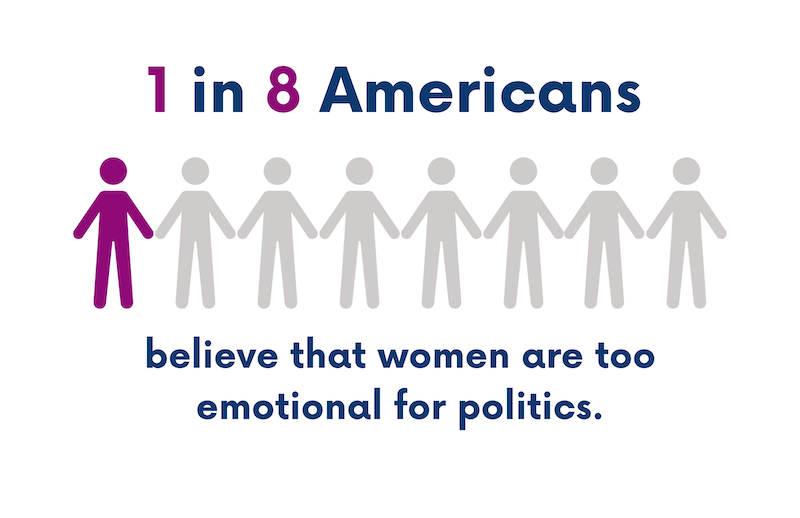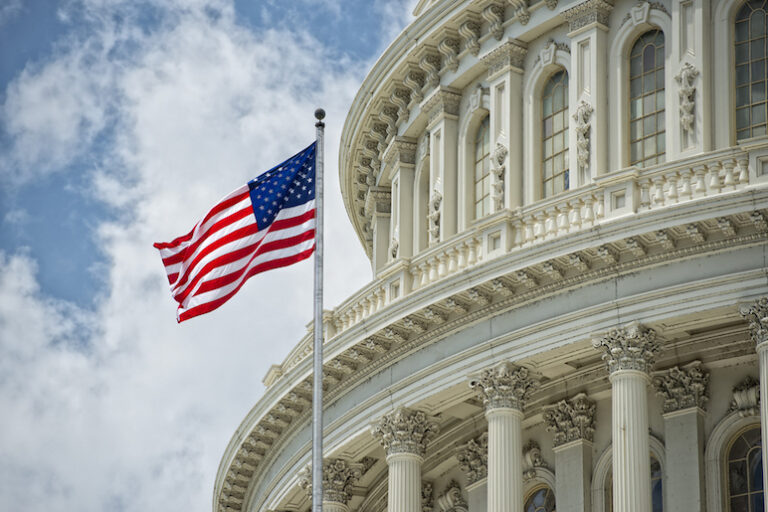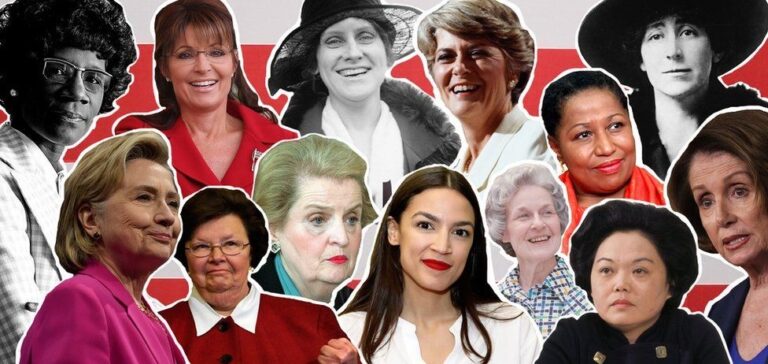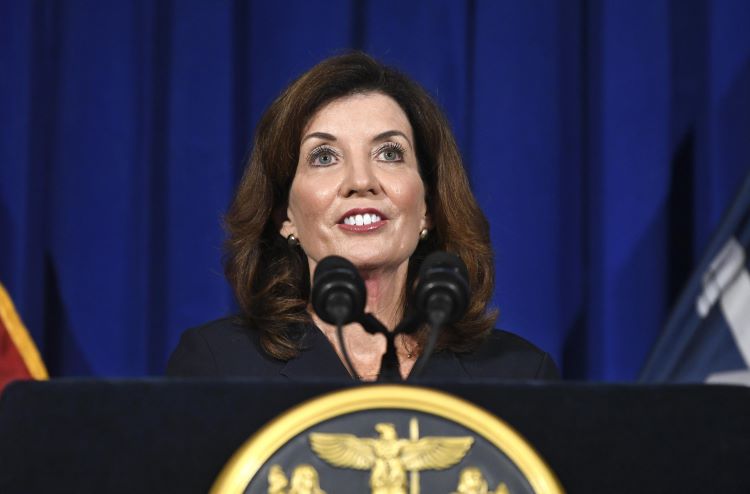Increasing women’s political power is a complex endeavor that transcends party lines, racial boundaries, and geographical locations. This report delves into interviews with 192 political actors across five states – Georgia, Illinois, Nevada, Oklahoma, and Pennsylvania – to examine the state of women’s political power and its evolution from 2010 to 2023. By focusing on state-level dynamics, we can better analyze the intricate gender and intersectional factors shaping women’s access to power within state political ecosystems – the interconnected systems, networks, and environments where formal and informal politics take place.
Our interviews, conducted between November 2021 and June 2023, and this report highlight the commonalities across states while acknowledging the unique factors that shape women’s political influence within and across states. We also emphasize the importance of examining the differences in women’s experiences based on political party and race/ethnicity, as these factors are central to our research goals, analysis, and recommendations for progress.
Redefining Political Power
To maximize women’s political influence, we must rethink our definition and measures of political power. It should encompass not only women’s representation in elected offices at various levels but also their influence as legislative staffers, lobbyists, state agency leaders, campaign practitioners, party staffers, political consultants, donors, corporate political action committees, industry leaders, unions, grassroots advocates, activists, and voters.
Achieving gender parity in representation does not necessarily equate to gender parity in political power. Within political institutions, the power to allocate resources, set agendas, and shape culture is distributed unevenly across ranks, roles, and parties. Even when record numbers of women are elected, they still contend with deeply rooted norms and structures that have upheld a status quo benefitting white men.
Motivating Action and Building Support Infrastructures
Partisan differences in assessing and problematizing women’s political underrepresentation create distinct conditions and hurdles for interventions aimed at increasing women’s political power. Republicans are less likely than Democrats to identify systemic barriers and more likely to attribute women’s underrepresentation to personal doubts or preferences.
Motivating political leaders to recruit and support women candidates as a strategy for electoral success has been one approach to increasing the number of women in office, but it is not centered on building women’s political power. This approach relies on those currently in power viewing women candidates as viable, is context-specific and potentially time-bound, and is most likely to disadvantage women of color.
Existing support infrastructures for women in politics, while helpful, are insufficient to drive substantial gains in women’s political power. These infrastructures are often under-resourced, heavily reliant on volunteers, focused primarily on candidate training and targeted campaign giving, lacking in support for women officeholders, staffers, consultants, or lobbyists, more robust for Democratic than Republican women, and rarely tailored to serve women at distinct intersections of race and gender.
Identifying Barriers and Leveraging Opportunities
Political actors cite the high cost of campaigns, low salaries, and the opportunity cost of public service over private sector employment as deterrents to women’s candidacy, officeholding, and staff positions. These financial challenges are exacerbated for women from historically marginalized racial/ethnic communities.
Work-family conflicts, including difficult legislative session timelines, lengthy campaigns with high time demands, and geographic distance between home and governing institutions, create challenges for women in both campaigns and government.
Political parties remain an influential force in shaping structural opportunities for women in politics, and the privileging of party insiders often works to the disadvantage of women seeking to disrupt the political status quo. Gender and racial biases within formal political institutions pressure women to adapt or assimilate to white and male-dominated spaces, result in different standards for women, foster feelings of loneliness or being misunderstood, and contribute to gendered and/or racialized backlash and harassment.
Outside of formal political institutions, the persistence of sexism and racism among voters, donors, and other political insiders has slowed the pace of progress for increasing women’s political power.
However, increased participation and success of political women, actions by male allies, changes in electorates due to demographic shifts and voter mobilization, elective office vacancies, and availability of appointments create opportunities for increasing women’s political power. Gender and racial reckonings in recent years have also created demands and opportunities, especially among Democrats. Our case states offer examples of the transition from activism to officeholding among women in the past decade, but significant hurdles exist to facilitating this transition without constraining women’s disruptive power.
The success and attention garnered by women political leaders, especially those from diverse racial/ethnic communities, act as both impetus and inspiration for expanding women’s political representation and contribute to networks of supportive women political leaders.






